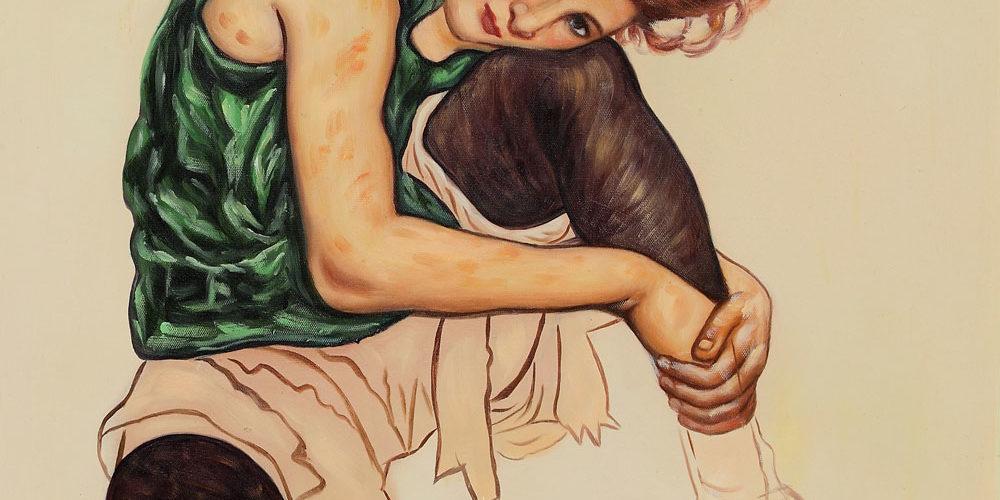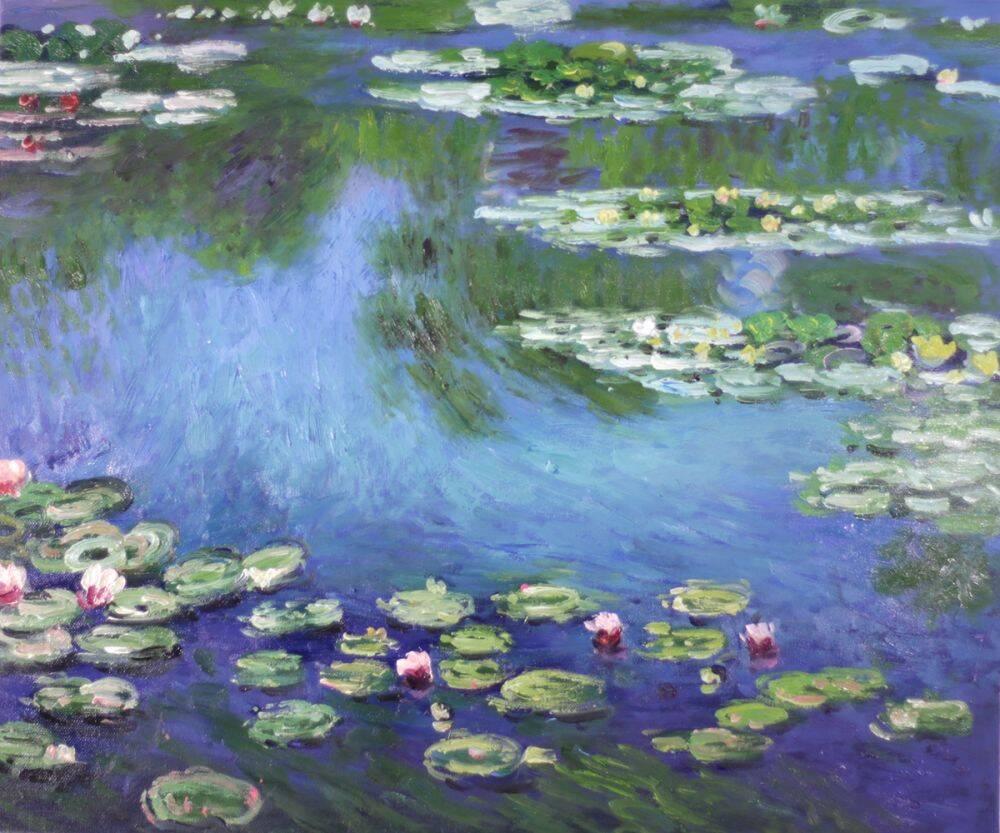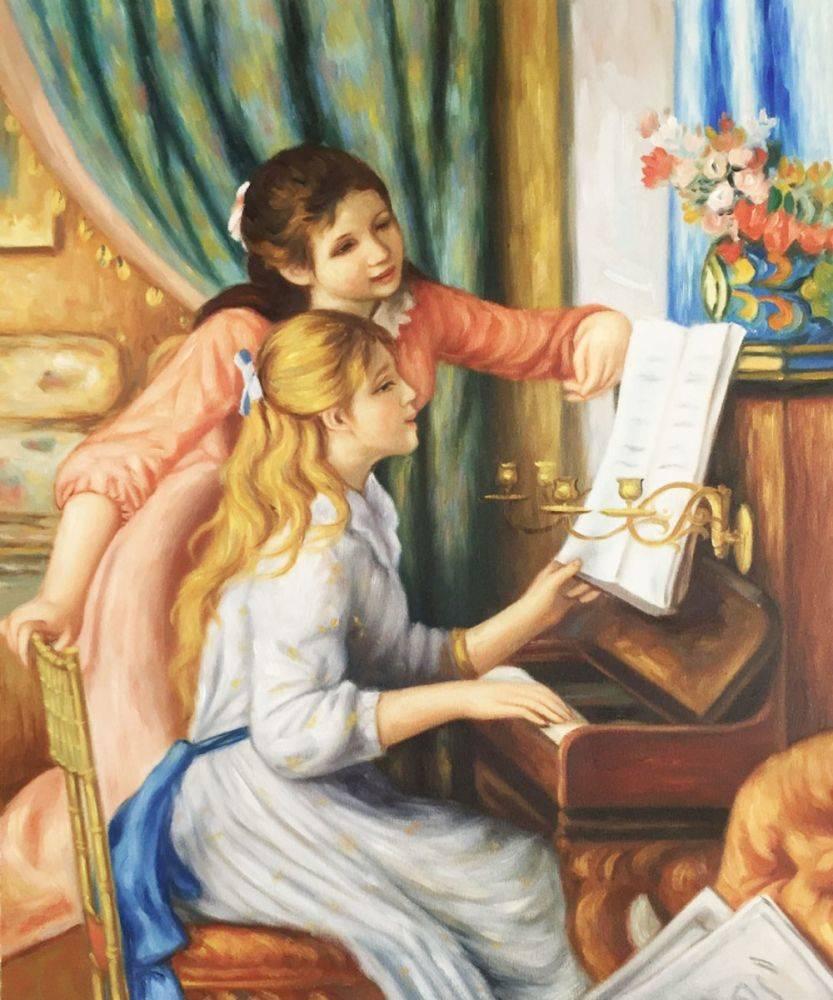Art
The Controversial Life of Artist Egon Schiele
Egon Schiele lived twenty-eight years and had a talented as well as controversial career from 1890-1918. Gustav Klimt enjoyed giving back to young painters what he had learned in his career and was a mentor of Egon Schiele. Klimit’s Art Nouveau style certainly inspired the young artist, whose symbolism also flirted strongly with images of death.
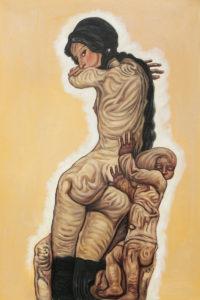 As a child, Egon Schiele was obsessed with drawing trains, often to the point where his father destroyed his sketchbooks so he would focus on more proper career ideals. A Czech from southern Bohemia, Schiele had a sister Gerti (whom he had a questionable relationship with) and was considered a shy and troubled child. Schiele showed a complete lack of interest in academia and his father’s career path; his father worked as a station master and eventually passed when Schiele was fifteen. At this time, his uncle, also in the railway profession, stepped into raise the children.
As a child, Egon Schiele was obsessed with drawing trains, often to the point where his father destroyed his sketchbooks so he would focus on more proper career ideals. A Czech from southern Bohemia, Schiele had a sister Gerti (whom he had a questionable relationship with) and was considered a shy and troubled child. Schiele showed a complete lack of interest in academia and his father’s career path; his father worked as a station master and eventually passed when Schiele was fifteen. At this time, his uncle, also in the railway profession, stepped into raise the children.
Egon Schiele applied to Kunstgewerbeschule (School of Arts and Crafts) in Vienna, where Gustav Klimt had once attended school, in 1906. During his first year, Schiele was transferred to the Akademie der Bildenden Künste, which was more traditional, and his main art instructor Christian Griepenkerl disgusted the young artist with his traditionalism. Schiele escaped the academy in his third year and founded “The New Art Group” or Neukunstgruppe with the other dissatisfied art students. In 1909, the artist was invited to one of Klimt’s new shows.
In 1911, Schiele became involved with seventeen-year-old Walburga (Wally) Neuzi, who resided with him in Vienna as a model while he produced new works. Eventually the young lovers were driven out of town by folk disparaged by the fact the artist was not only using a young teenage model but also ruining her innocence by sharing his bed. It is suspected that Wally had also been one of Klimt’s models and shared a romantic relationship with this artist as well. They fled to Neulengbach (west of Vienna) where Schiele was eventually arrested for a relationship with a girl below the age of consent and authorities retained over a hundred drawings they considered pornographic. Schiele was also charged for displaying erotic works which children may have had easy access to view. He was sentenced to three days in prison, where he created twelve drawings depicting the harshness of residing in a jail cell.
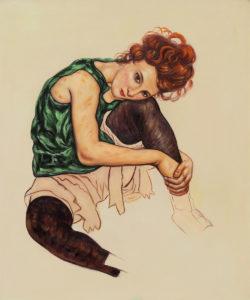 Wally had been through all of this with him, but there would be no marriage proposal. In 1914, Schiele set his eyes on his neighbors across the street: Edith and Adéle Harms, protestant and middle-class. Schiele chose Edith, deemed the more “socially-acceptable.” Edith Harms’ parents did not care for Schiele, but on his parents’ wedding anniversary they were wed. Perhaps he somehow wanted to do right by his parents in his own mind, or not. Scielle was quoted to say in a letter to a friend,”I intend to get married, advantageously. Not to Wally.” Scielle presumed he could keep his mistress, but Wally fled as soon as he rejected her by marrying Edith. Her flight led him to paint Death and the Maiden in 1915-1916, according to certain scholars. It is also rumored the painting is inspired by mythology, the abduction of Persephone by Hades.
Wally had been through all of this with him, but there would be no marriage proposal. In 1914, Schiele set his eyes on his neighbors across the street: Edith and Adéle Harms, protestant and middle-class. Schiele chose Edith, deemed the more “socially-acceptable.” Edith Harms’ parents did not care for Schiele, but on his parents’ wedding anniversary they were wed. Perhaps he somehow wanted to do right by his parents in his own mind, or not. Scielle was quoted to say in a letter to a friend,”I intend to get married, advantageously. Not to Wally.” Scielle presumed he could keep his mistress, but Wally fled as soon as he rejected her by marrying Edith. Her flight led him to paint Death and the Maiden in 1915-1916, according to certain scholars. It is also rumored the painting is inspired by mythology, the abduction of Persephone by Hades.
Schiele lead a controversial life up until his death in 1928. His death came three days after the death of his wife Edith, and his last works were sketches of Edith in his last days. Schiele may also be remembered for the early traces of Expressionism in his works and he even painted works applauding and referencing Van Gogh. Schiele was ordered to serve in the military during the first World War three days after his marriage, where his artwork began to become more realistic and focused on structure. Many view Schiele as focused on death and sexuality, but we see in his life a dedication to family, relationships, and his art.
